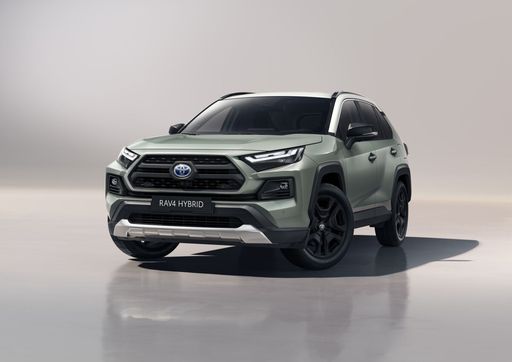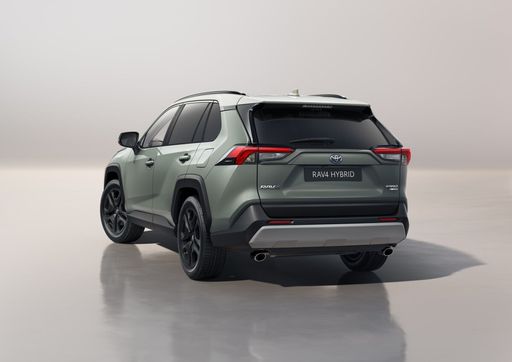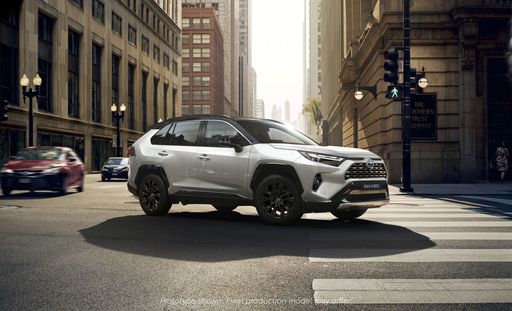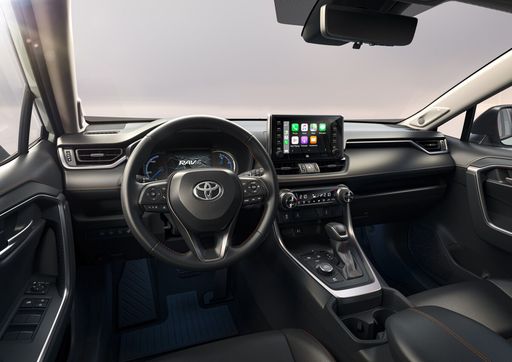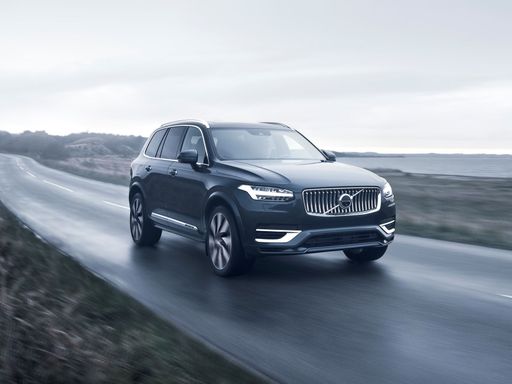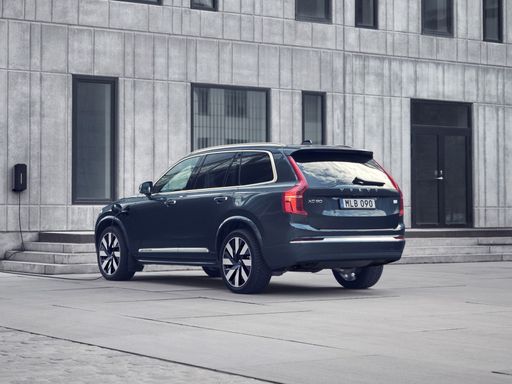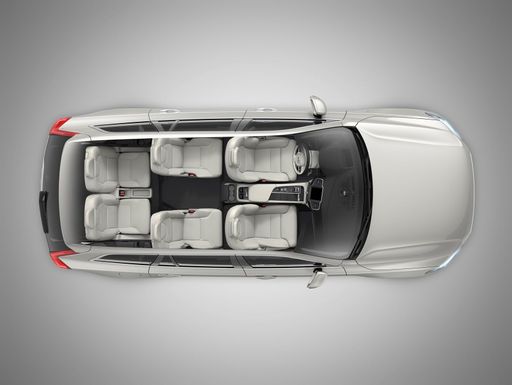Introduction: The Battle of the SUVs
In the ever-evolving world of SUVs, two models stand out: the Toyota RAV4 and the Volvo XC90. Both vehicles offer distinct advantages, catering to different customer preferences and driving needs. This article delves into a detailed comparison of their technical specifications and innovative features to help you decide which SUV suits you best.

